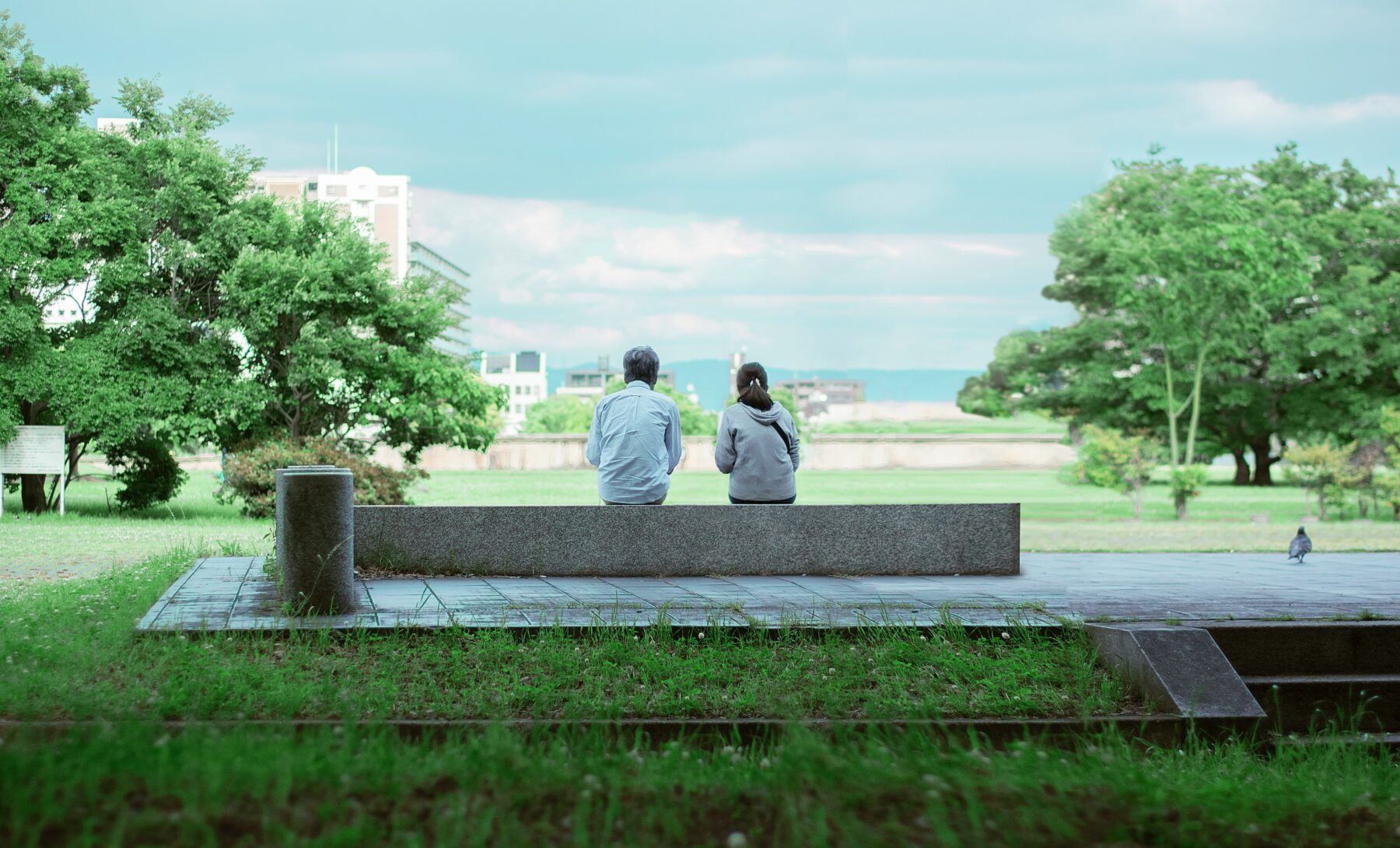How Outdoor Therapy Works

Let’s start with the reality that nearly everyone comes to therapy with their own skeptical energy. They have their own hang-ups and ready-made list of reasons to stop before it has a chance to really work. Part of this is because people have very rigid ideas about what therapy is and how it’s practiced. They imagine sitting in a garishly decorated office opening up to a stranger for an hour at a time, at most, and then having to retreat back into the world that brought them there in the first place.
The reality is, however, that there are many different types of therapy that can “meet you where you live” and speak to your specific care needs, vulnerabilities and healing journey. One of the best examples of this is outdoor therapy. Engaging with nature, participating in outdoor activities and simply getting outside can not only have enormous physical fitness benefits; it can also do wonders for the brain and your mental health.
What Is Outdoor Therapy?
Outdoor therapy combines traditional talk therapy modalities with the exploration of nature and engagement with patients’ natural surroundings. The amount of physical activity involved in outdoor therapy will depend on participants’ fitness levels and activity thresholds, their location, their program’s resources and many other factors.
At its most basic level, patients and their therapists “take it outside” and conduct their regular therapy in an outdoor setting. This allows them to integrate mindfulness of nature into their therapy and think about how it relates to their specific issues.

At higher levels, therapists may integrate outdoor activities like hiking, climbing, swimming or others into the program as part of cognitive behavioral therapy (CBT).
While outdoor therapy is generally offered in inpatient and residential treatment programs, certain outpatient programs also offer this element of care through exercises like short hikes and day trips to parks or beaches. Outdoor therapy can be conducted in a group or individual setting.
Outdoor therapy is NOT boot camp or forced calisthenics. While the process can offer a heightened level of physical activity, no patient should be forced to engage in any activity that they think will pose an immediate risk to their health.
Why Should I Try Outdoor Therapy?
Outdoor therapy gives you the opportunity to gain new perspectives, conquer old fears, develop new hobbies and start looking at the way you view the world, your mind and your body differently.
It also allows you to start prioritizing your physical fitness and its role in your ongoing recovery, whether it’s from addiction or any other behavioral health issue. When you go for a walk, you’re also getting cardio exercise; when you go for a swim, you’re also building muscle in your arms and legs; when you go for an incline hike, you’re engaging multiple muscle groups.

You can also set and achieve goals within the outdoor therapy paradigm to increase self-awareness and self-esteem and be more mindful of your body. When you “walk or swim a little farther” or “climb a hill that’s a little higher,” it helps build confidence that you can internalize and take with you in other areas of your life.
In the context of addiction recovery, outdoor therapy can provide a multilateral template for ongoing success by continuing to address the areas of your life that have been impacted by substance abuse, including your physical fitness, mindfulness, confidence and more.
So the next time you say, “Therapy is not for me,” or immediately assume you know how the process is going to go, remember that there may be a new therapy under the literal and figurative sun.
About the Author
Dominic Nicosia is a New Jersey-based journalist and content writer covering addiction care and mental health. He currently serves as Senior Content Writer for Recovery Unplugged Treatment Centers, a national addiction treatment organization that offers a full continuum of care and uses music to help people more readily embrace the treatment process.






